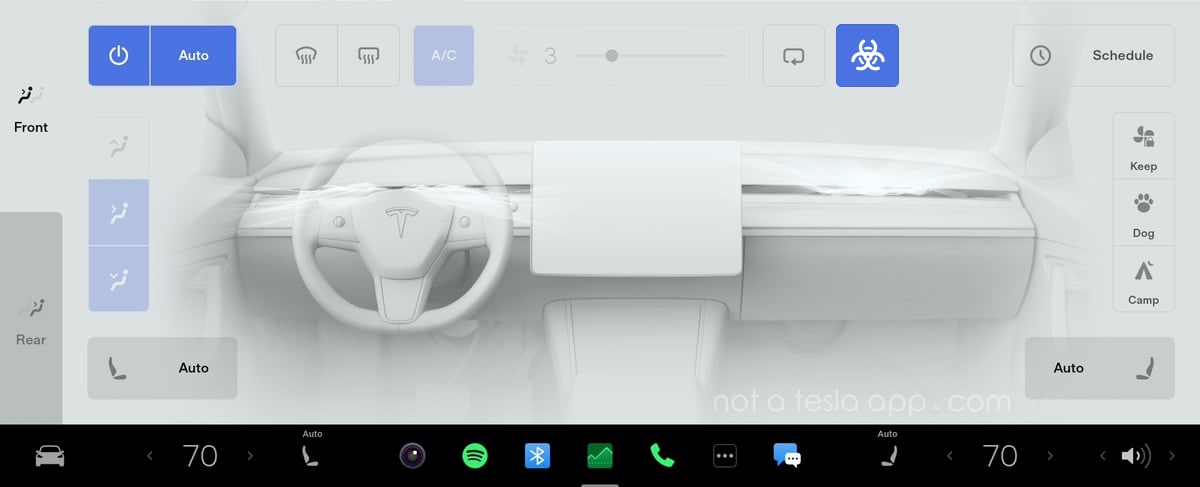After almost a year and 17,000 miles, I recently noticed the HVAC blower seemed to be running faster and louder than it has in the past on a mild day when the system was using 100% fresh air.
I noticed that when I manually selected recirculated air, the blower speed and noise dropped significantly and the volume of air coming out of the vents was much higher.
This means that my HEPA filters have become loaded and are restricting air flow.
I also noticed that I recently began smelling outside odors such as skunk and smoke inside the cabin on occasion for the first time.
This means that the activated carbon in the filters has also reached the end of its effective life.
Given that Tesla recommends replacing the HEPA filters every 3 years and the cabin filters every 2 years, I was surprised they only lasted a year and 17,000 miles. However, I do use Camp Mode about an hour each day, so my filters have seen the equivalent of about 34,000 miles of use (or more when you consider the length of time that "evaporator drying mode" runs after exiting the vehicle during which time air is flowing through all of the filters).
$90+tax for HEPA filters and $34+tax for cabin filters is a bit much, but I suppose it is worth 37¢/day for clean, odorless air.





